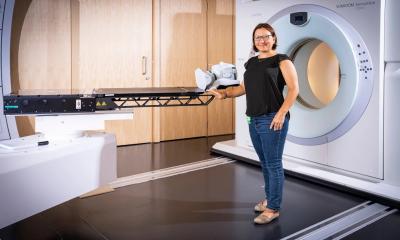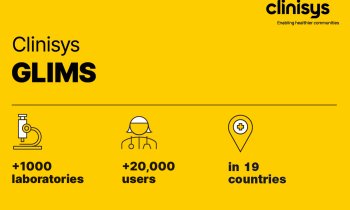Measuring hospital performance
Nikolas Matthes MD PhD MSc is an Associate of the Johns Hopkins Bloomberg School of Public Health, where he is affiliated with the Department of Health Policy and Management.
His professional experience and research cover clinical performance measurement, disease-specific and patient-level clinical performance indicators, performance improvement, statistical process control, international health systems.

In many countries, performance measurement for hospitals is now high on the agenda of policy makers, regulators, payers, patients, and other stakeholders. External drivers include demand for value from payers and the public, increased competition between providers, patient safety concerns, increasing evidence of variation in medical practice, questions about appropriateness and effectiveness of care, and methodological advances in the science of measurement that make assessment and comparison on the basis of indicators more feasible.
In the USA, performance measurement for hospitals has been on the agenda since at least the 1980s, when States started to publish hospitals mortality data for coronary artery bypass grafts, and the federal government released hospital-wide mortality rates. In the private sector the Quality Indicator Project, a co-operative programme, began in 1985 to help hospitals understand their performance. Its emphasis on standardised performance measures that reflected important aspects of care and its comparative database proved popular; by the mid-90s, over 1,000 hospitals in the USA were using its performance measures for acute in-patient, psychiatric, and long term care. The Project has shifted its approach in the USA, providing patient-level and disease-specific indicators to its US participants and, since 1992, also serves several hundred hospitals in Europe, using aggregate clinical performance indicators like nosocomial infections in intensive care, or unexpected returns to the operating theatre, for benchmarking purposes.
Accreditation and performance measurement are often considered mutually exclusive when, in reality, they are complementary concepts approaching performance from different perspectives. Accreditation tends to focus on structure and process based on intermittent assessment. Accreditation occurs at certain intervals with no, or little, assessment or monitoring of how processes are maintained. On the other hand, performance measurement seeks to measure processes and outcomes on a continuous basis, thus building momentum for ongoing assessment of processes and outcomes of care. Hospitals are to use data, evidence, to drive improvement and, ultimately, cultural change within their organisation.
Over the past five years the USA has moved to a strictly regulated framework of standardised performance measurement for hospitals. National Hospital Quality Measures were developed and implemented.
These clinical, patient-level, performance measures focus on certain services or diseases. Currently measures for pneumonia, heart failure, acute myocardial infarction, pregnancy, and surgery are available, with measures for the ICU, childhood asthma, and psychiatric in-patient care to follow soon. These uniform measures serve multiple purposes: The Federal Government requires participation for reimbursement, the Joint Commission made it a requirement for accreditation, and many other stakeholders such as States use the data for public reporting and regulatory purposes.
Two trends are of particular importance. First, data from these National Hospital Quality Measures is being publicly reported - by States, by the Federal Government, and the Joint Commission - and are available for any patient to see. Patients are supposed to compare hospitals’ performance for the areas mentioned, to support decisions as to which hospital to select. However, the jury is still out on whether patients really understand or use this information for decision-making. Second, data is increasingly used for pay-for-performance. Reimbursement levels for a disease are tied to performance levels. Pilot projects are in progress. Challenges include low volume, random variation of performance, and to disincentivise poor performance but offer the opportunity to improve performance.
23.05.2006










